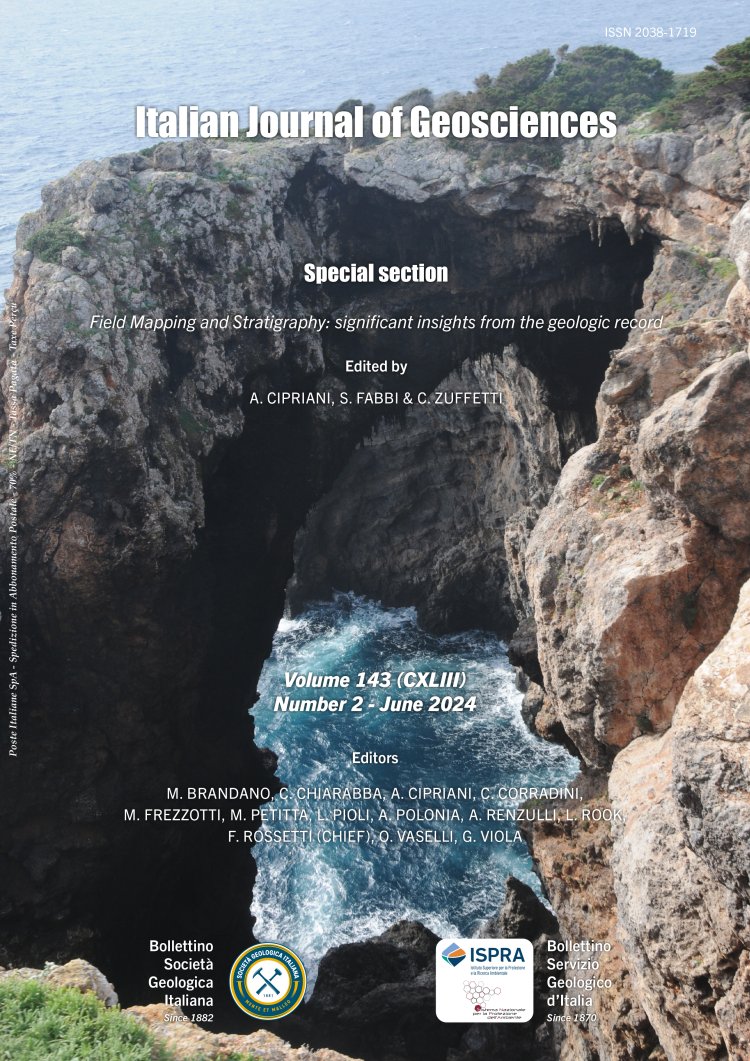
The abbot Alberto Fortis and the elephant bones from Romagnano: the early development of the concepts of biostratinomy and taphonomy sensu lato
Marco Romano1
1Dipartimento di Scienze della Terra, Sapienza Università di Roma, Piazzale Aldo Moro 5, 00185 Roma.
Corresponding author e-mail: marco.romano@uniroma1.it
Volume: 143 (2024) f.2
Pages: 237-256
Abstract
This contribution examines the palaeontological and geological aspects found in abbot Fortis’s letter to Cavalier Giuseppe Cobres, focusing on fossil elephant remains discovered in the Serbaro di Romagnano locality (Grezzana, Verona). While the letter addresses these specific findings, it also delves into broader discussions encompassing key topics in Earth Sciences. Abbot Fortis accurately attributes the large bones to ancient elephant skeletons, dismissing interpretations linking them to ‘mythological creatures’ or ‘ancient giants’. However, questions surrounding the presence of these fossils remain unresolved, including, for example, the discovery of remains of animals at the time considered as typical of warm climates in areas that are now very cold such as present-day Siberia. Fortis highlights the sedimentary features of Romagnano, indicating an extensive formation period spanning countless centuries, challenging Buffon’s proposed Epochs. The gradual accumulation of marine organism remains and river-carried sediments forming seabed deposits, leads Fortis to strengthen the central concept of “deep time”, which would be necessary in the following century to the birth of modern Geology. Drawing on his previous work, Fortis employs the Romagnano description to counter theoretical models and geological systems. He uses the large valleys and small river incisions to critique Bourguet’s “salienti ed entranti” theory, which attributes large incisions to ancient sea currents. Fortis also opposes diluvialist theories that explain valley systems as the withdrawal of the Deluge water. The author evaluates various theories regarding the elephant remains, refuting them albeit suggesting an even more imaginative and naive hypothesis. Despite Fortis’s extravagant interpretation, his work introduces geological arguments and principles that later become pivotal in Earth Sciences. He delves into the biology and ecology of elephants, discussing their potential presence in European territories. He also anticipates taphonomic analysis concepts, considering biostratinomic and diagenetic processes that affected bone preservation. The author acknowledges the importance of studying fossil remains in their original context for understanding taphonomy. In conclusion, abbot Fortis’s letter offers significant insights into early Earth Sciences, tackling palaeontological, geological, and taphonomic aspects. His discussions and observations foreshadowed essential concepts that would later shape the field, demonstrating the forward-thinking perspectives of eighteenth-century Italian naturalists.
Keywords
Get Full Text